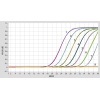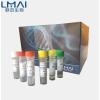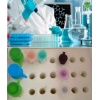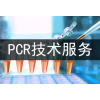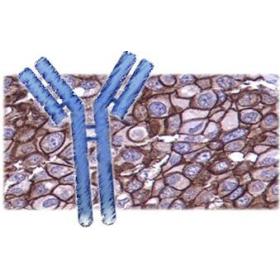
产品详情
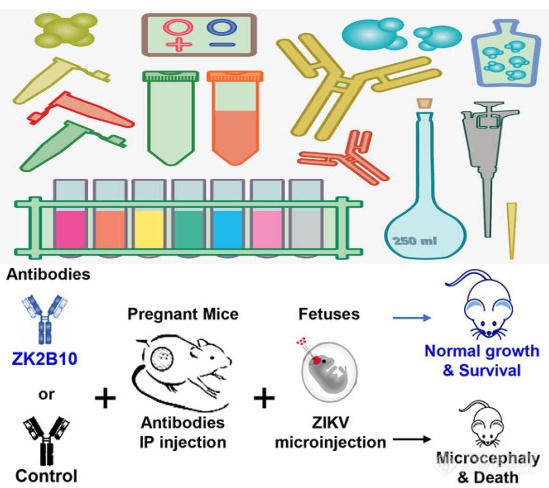
核受体0相关蛋白B家族2抗体
英文名称 NR0B2
中文名称 核受体0相关蛋白B家族2抗体
别 名 NR0B2; NR0B2_HUMAN; Nr0b2a; Nuclear receptor subfamily 0 group B member 2; Nuclear receptor subfamily 0, group B, member 2a; Orphan nuclear receptor SHP; SHP; SHP-1; Shp1; Small heterodimer partner.
研究领域 肿瘤 细胞生物 染色质和核信号 信号转导 转录调节因子 表观遗传学
抗体来源 Rabbit
克隆类型 Polyclonal
交叉反应 Human, Mouse, Rat, Dog, Cow, Horse, Rabbit,
产品应用 WB=1:500-2000 ELISA=1:500-1000 IHC-P=1:400-800 IHC-F=1:400-800 ICC=1:100-500 IF=1:100-500 (石蜡切片需做抗原修复)
not yet tested in other applications.
optimal dilutions/concentrations should be determined by the end user.
分 子 量 28kDa
细胞定位 细胞核 细胞浆
性 状 Lyophilized or Liquid
浓 度 1mg/ml
免 疫 原 KLH conjugated synthetic peptide derived from human NR0B2:31-130/257
亚 型 IgG
纯化方法 affinity purified by Protein A
储 存 液 0.01M TBS(pH7.4) with 1% BSA, 0.03% Proclin300 and 50% Glycerol.
保存条件 Store at -20 °C for one year. Avoid repeated freeze/thaw cycles. The lyophilized antibody is stable at room temperature for at least one month and for greater than a year when kept at -20°C. When reconstituted in sterile pH 7.4 0.01M PBS or diluent of antibody the antibody is stable for at least two weeks at 2-4 °C.
PubMed PubMed
产品介绍 SHP is an orphan nuclear receptor containing the dimerization and ligand-binding domains found in other nuclear receptors, but lacking the conserved DNA binding domain. SHP is specifically expressed in liver and other tissues, including fetal liver and adrenal gland, as well as adult spleen and small intestine. In addition, SHP is highy expressed in the murine macrophage cell line RAW 264.7 but suppressed by oxLDL and 13-HODE, which is a ligand for PPARg. SHP interacts with nuclear receptors, including thyroid receptor, retinoic acid receptors (RAR and RXR) and estrogen receptors (ERa and ERb). SHP functions as a negative regulator of these receptors by at least three mechanisms: inhibition of DNA binding via dimerization, direct antagonism of coactivator function through competition and possibly transrepression via recruitment of putative corepressors. In oxLDL-treated, resting macrophage cells, SHP acts as a transcription coactivator of NFkB, suggesting that SHP is a modulatory component in the regulation of the transcriptional activities of NFkB. Lastly, negative feedback regulation of a hepatic bile acid transporter, NTCP, is controlled by bile acid-activated FXR via induction of SHP to protect the hepatocyte from bile acid-mediated damage in cholestatic conditions.

